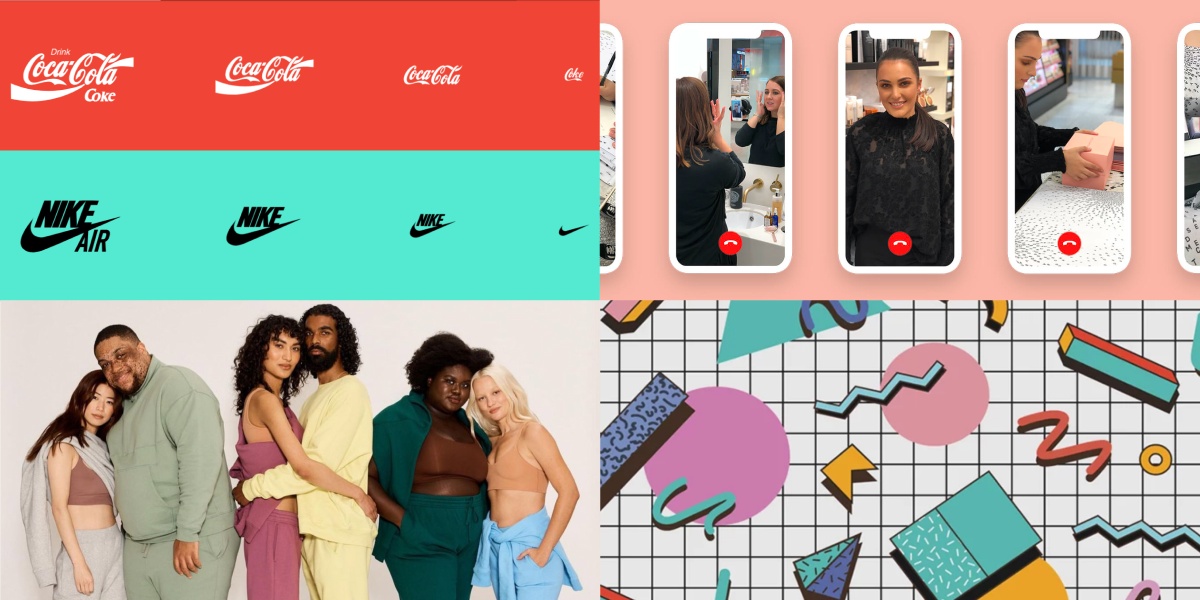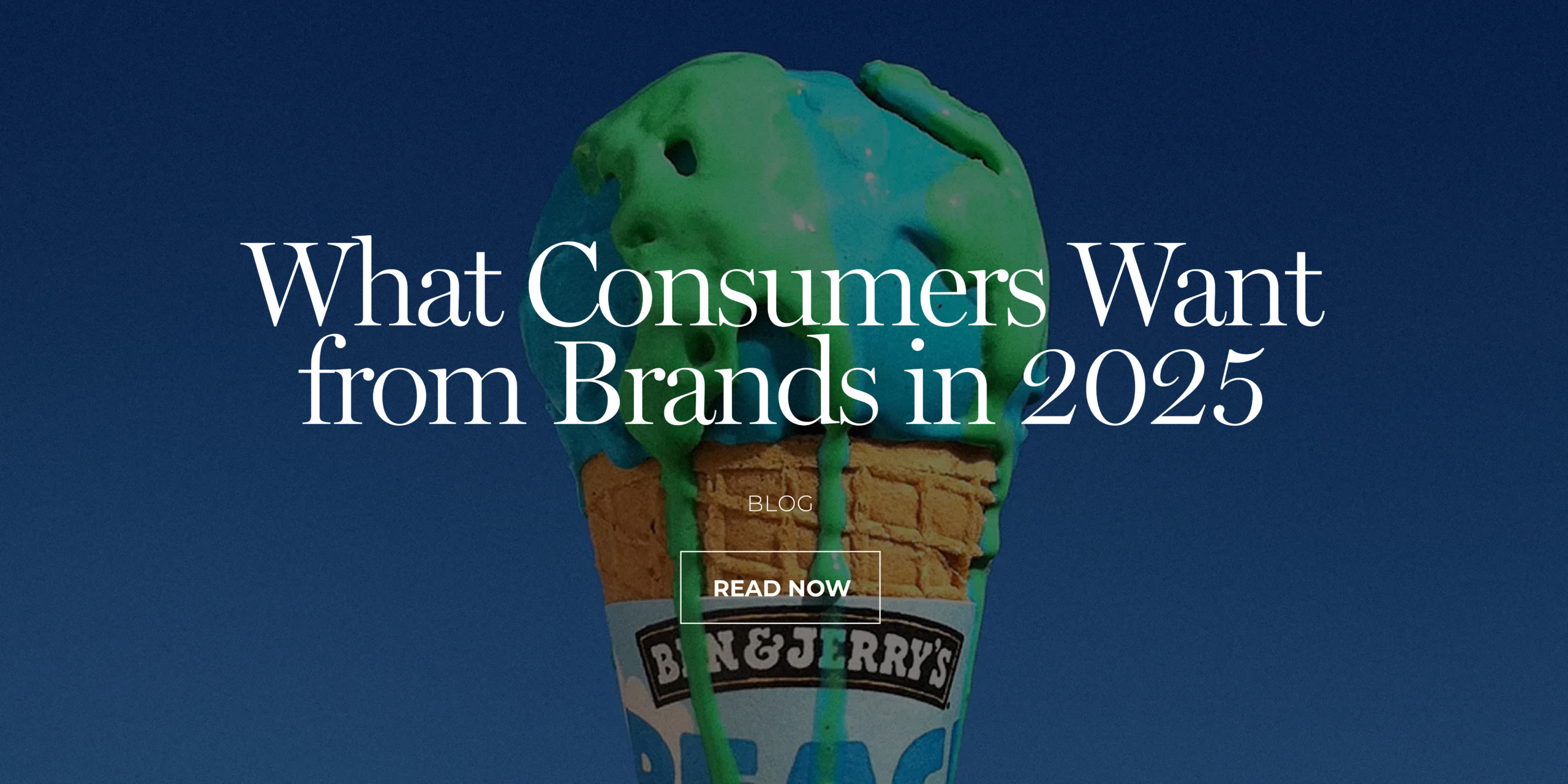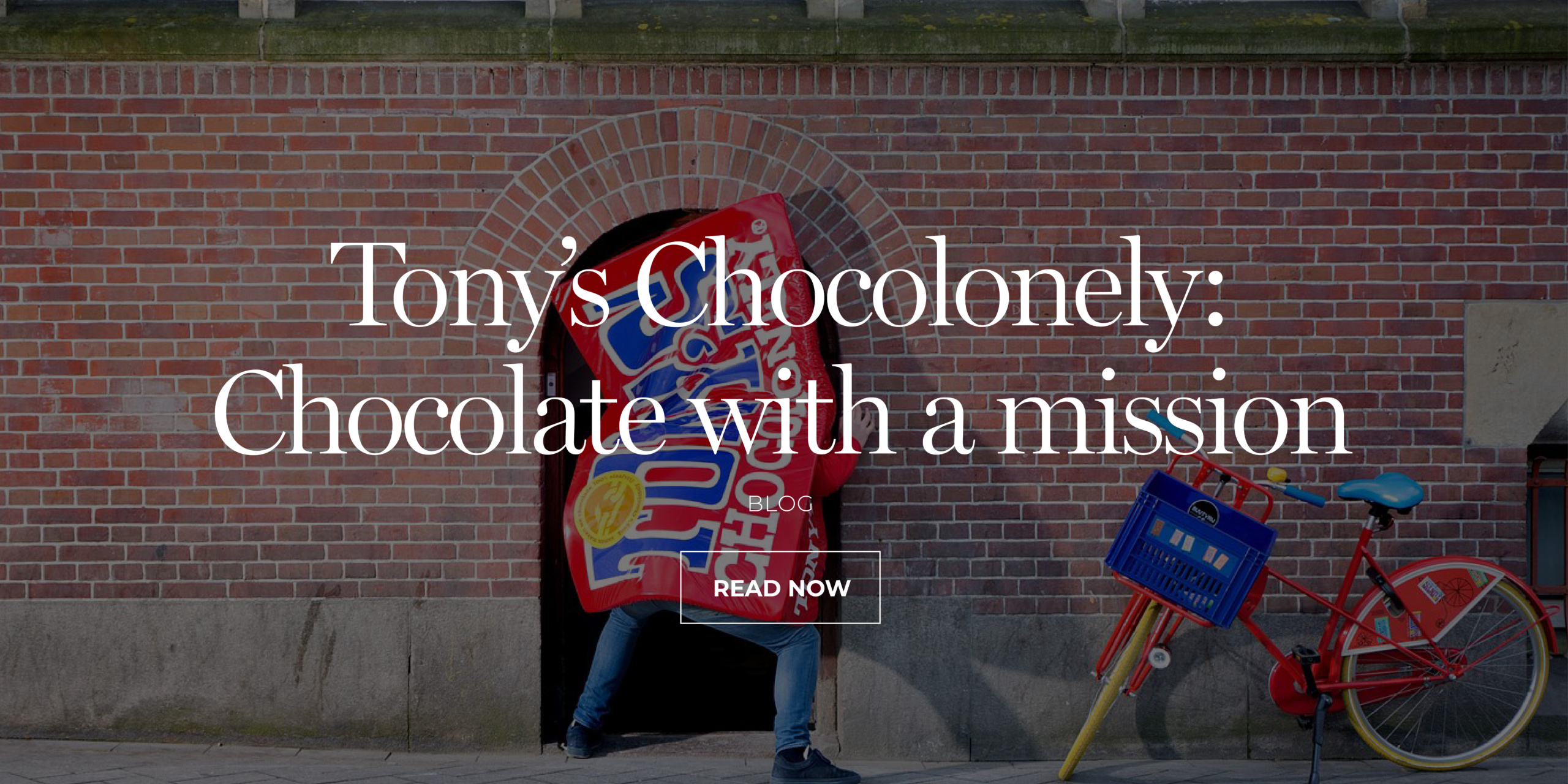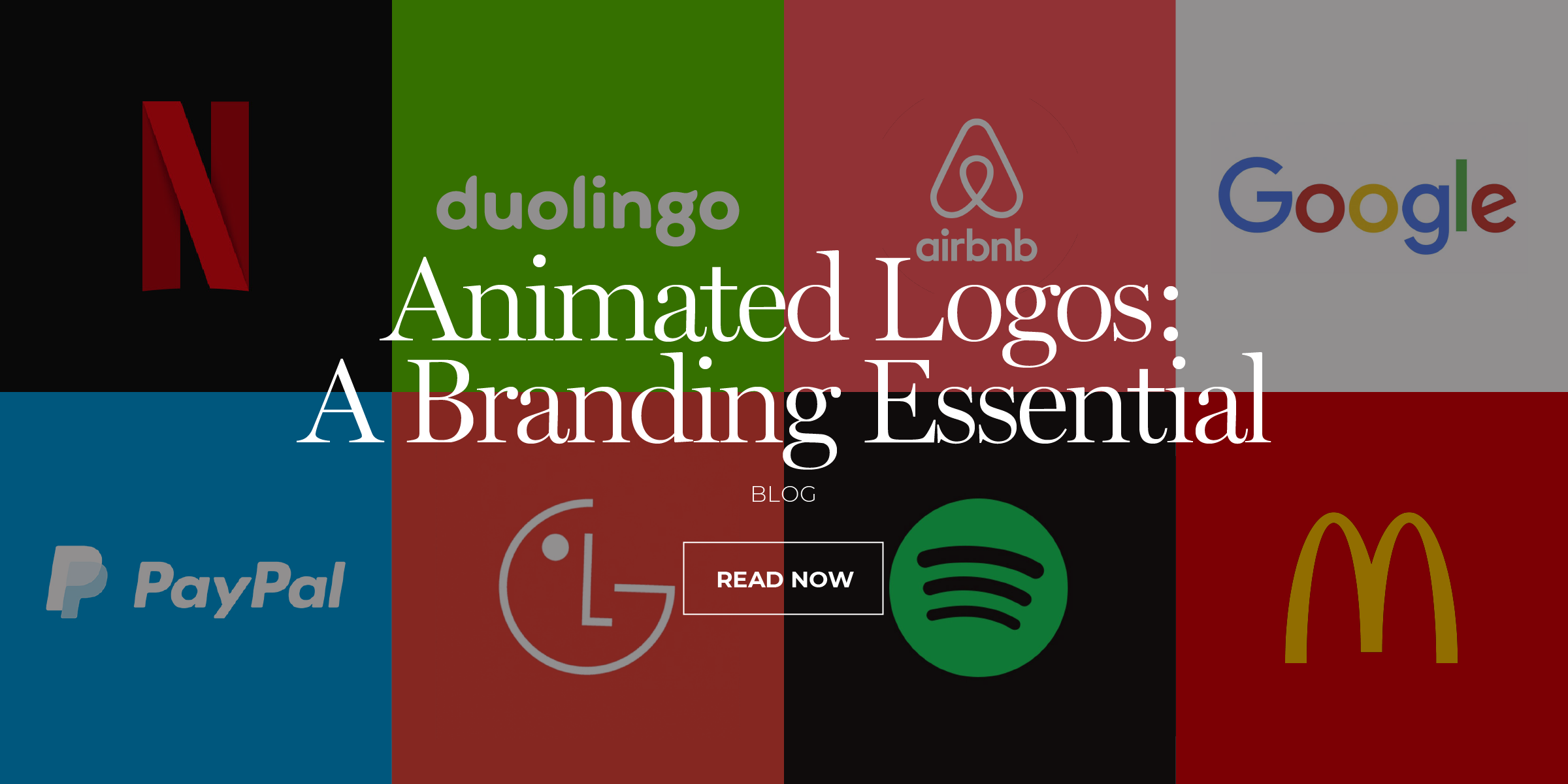The rollercoaster ride of the past two years has brands pivoting, adapting, and rolling with the punches.
Everything’s changed: our daily routine, workspace, interactions with friends, attitudes towards society, you name it. Consumer expectations, media habits, and the purchase behaviours are no exception to the change.
The familiar environments and patterns have evolved, and brands need to keep up with the changing times to stay relevant in this new consumer picture.
Consumer research and trends are the backbone of our work at Davidson. Whether you’re an FMCG product, a corporate service, or a retail brand, understanding the cultural shifts that shape global consumer preferences is critical to remaining agile.
Supportive Communication
Many brands have retracted from the limelight during the pandemic. Fear of negative association has had many global brands pause their advertising, waiting for the storm to blow over.
However, not talking to customers was the worst thing companies could do during the pandemic. Consumers didn’t stop buying during this time; they merely shifted their behaviour and prioritised different communication channels.
The consumer-brand relationship needs nurturing through good and bad times. Open communication channels provide value and support in times of uncertainty.
77% of customers wanted companies to be helpful throughout their ‘new everyday life’.
According to Kantar’s COVID-19 Barometer study[i], 77% of customers wanted companies to be helpful throughout their ‘new everyday life,’ and 75% of the respondents said brands should also be informing the public about their activities to combat the issues at hand.
Being supportive is no longer a nice-to-have for companies but a must-have.
Takeaways:
- Adjust your brand’s tone of voice to be more approachable and supportive, inviting customers to engage with you. Sprout Social Index [ii] reveals that consumers want brands to be honest (86%), friendly (83%), and helpful (78%).
- When a customer reaches out, they are usually looking for specific personalised information. Offer a helpful two-way dialogue to address their queries and help move them through the purchase funnel faster.
Nostalgic Graphic Styles
The nostalgia trend is nothing new in marketing, but the pandemic exacerbated it. The trend also kicked in after historic world crises such as 9/11 and the years following The Great Recession.
What makes nostalgic branding appealing is a sense of something familiar, comforting, and safe, all things that society desperately craves right now.
“During times of distress, it’s a natural coping mechanism for people to want to think about happier times,” says Victoria Petrock, Principal Analyst at Insider Intelligence. “People are baking homemade bread, doing jigsaw puzzles, and listening to music they grew up with to try to find comfort in those experiences” [i].
The past continues to be a rich source of visual inspiration, and as a result, many brands are exploring design elements from the 1990s and 2000s.
Australian makeup company Mecca is drawing inspiration from the super trendy Y2K aesthetic for its branding. Its website features bright colours, bold illustrations, and hand-sketched collages [ii].
Takeaways:
- Colour trends go back and forth between bolder and muted styles. 2022 is about being bold and using brighter retro colours in marketing material backgrounds to create a contrast that makes the text easier to read and grab attention.
- Serif fonts are traditional and elegant and will remain the popular font choice in 2022. Their appeal comes from the nostalgia and sense of security they evoke.
Brand Inclusivity And Accessibility
Numerous global events in 2021 impacted the need for greater diversity within brand communications. Our COVID-19 lives also escalated the critical need for phones and social media, heightening the discourse around lack of representation.
Diversity, body positivity, and inclusivity are reshaping customer expectations.
A survey by Accenture shows that 70% of millennials would choose inclusive and diverse brands over those that aren’t (Accenture, 2018).
While this trend has been rising since 2015, 2021 saw great strides in promoting inclusivity and accessibility. Brands found new ways to become more accessible to a broader audience and are more eager to listen to their community to see what matters.
In 2022, everyday brands (outside of the global top 100 most recognised) will need to answer this rallying call by adapting their marketing strategies to reflect diverse and marginalised communities.
Takeaways:
- Represent diversity. Audit your brand visuals, especially across your websites and social media. Update your icons, illustrations, and brand photography library to display a variety of ethnicities, orientations, and abilities.
- Embrace accessibility. Consider text size, provide descriptive image captions, include video captions, and stay informed about new online accessibility tools.
Logo Adaptability
Your brand design has to adapt to many different physical and online consumer expectations. It needs to suit each channel and its unique requirements, formats, and consumer behaviours.
This trend is pushing new and existing brands to create shape-shifting logos. Responsive designs allow your logos to change in size, complexity, or colour depending on what you use them for.
For example, you can have your full master logo on your website and create a simpler icon for your Instagram account.
These variations ensure freshness and consistency no matter what medium your logo is on. It allows your customers to recognise your branding in different ways, increasing the chance of brand recall.
Icons are a powerful visual tool for brands. They are instantly recognisable and have universal appeal.
Takeaways:
- Assess whether your existing brand needs to be adapted into a shape-shifting logo to offer maximum versatility and flexibility of use across every consumer expectation.
- Consider creating a one-tone logo that can be used as a watermark over photos. Brands rely heavily on photography across social media, and they need instant brand recognition when scrolling.
- You can consider having logos for different occasions and seasons to give consumers visual variety and maintain impact.
Conclusion
Gaining the attention and loyalty of modern consumers has become more challenging than ever.
Traditional marketing strategies are weakening due to the abundance of online distractions and the uncertainties in consumer behaviour brought about by COVID-19. As a result, brand managers have to go above and beyond to capture and retain their audience’s attention.
At Davidson, we help brands evolve with changing consumer trends. We offer all companies a free strategy call with Davidson’s founder, Grant Davidson, to explore how brand purpose can drive your strategy and accelerate your business growth.
NEED HELP?
If you need help creating a brand that pushes creative boundaries and inspires change, we’d like to offer you a complimentary strategy call with our Managing Director and Head of Strategy, Grant Davidson. Having nearly 30 years of industry experience working with groundbreaking brands, Grant has the experience and knowledge necessary to identify your core brand strategy and communicate it effectively.









